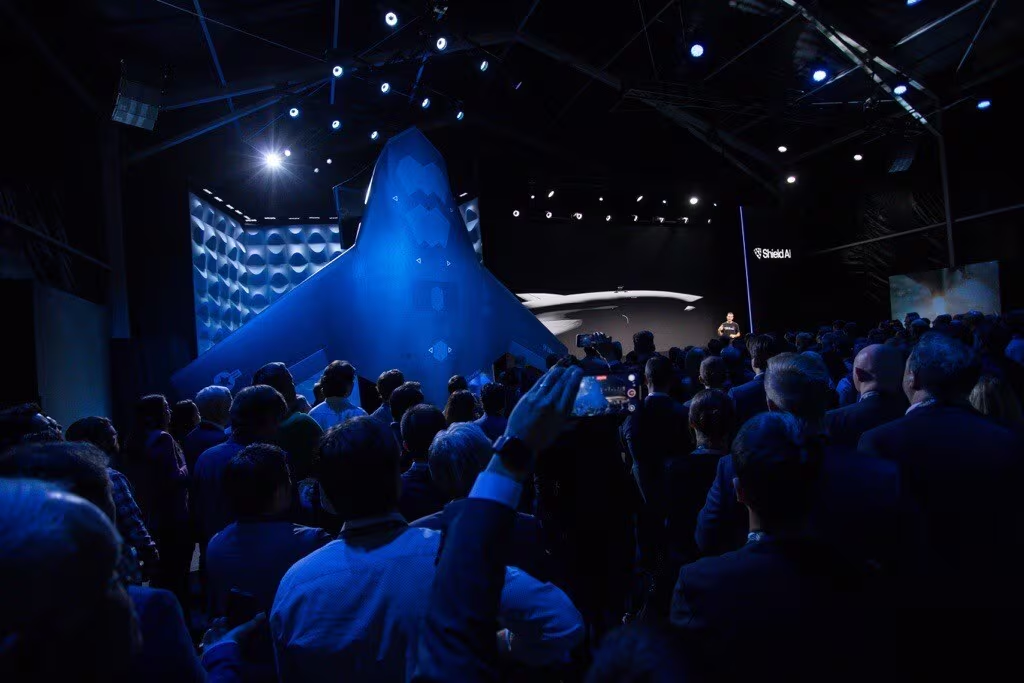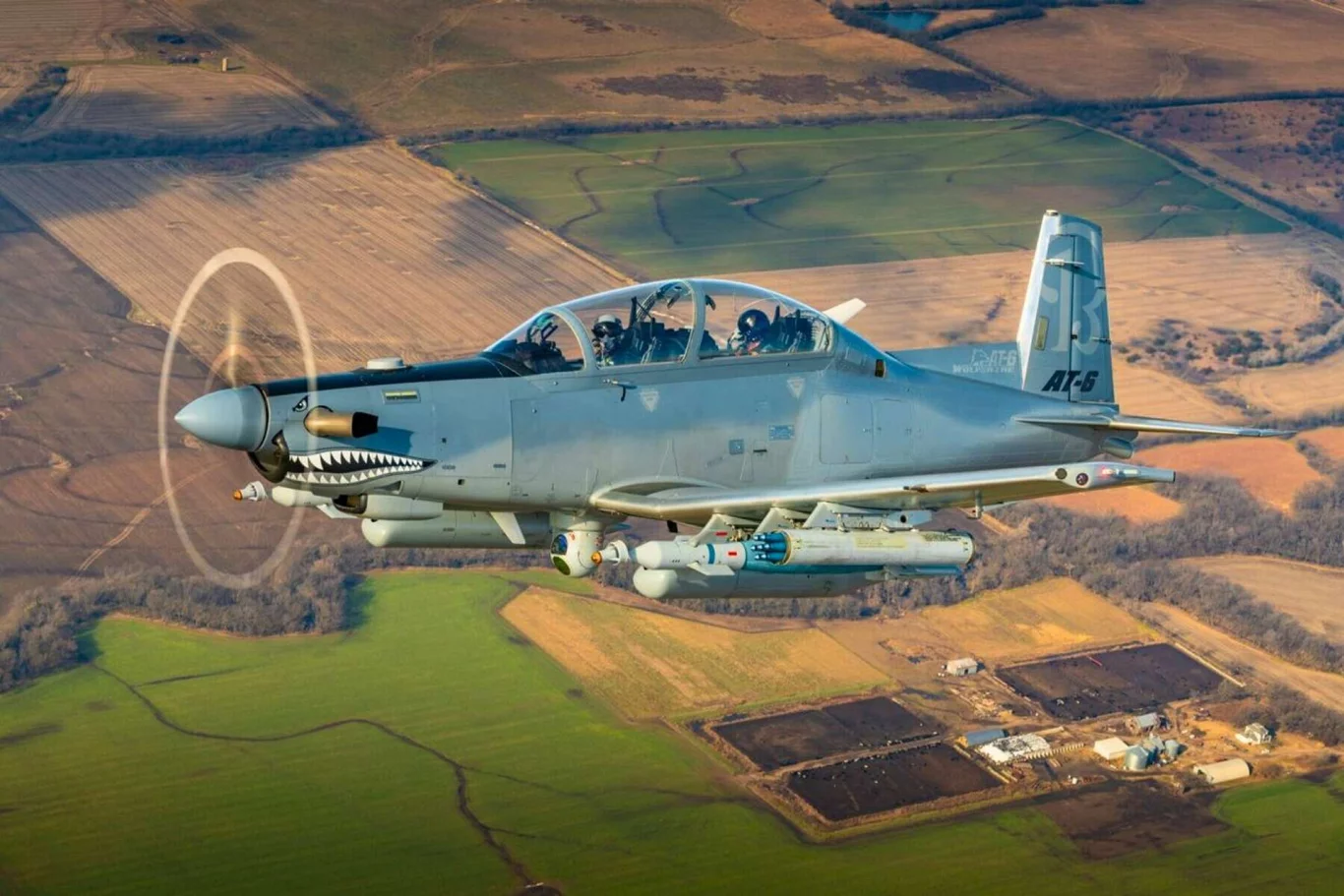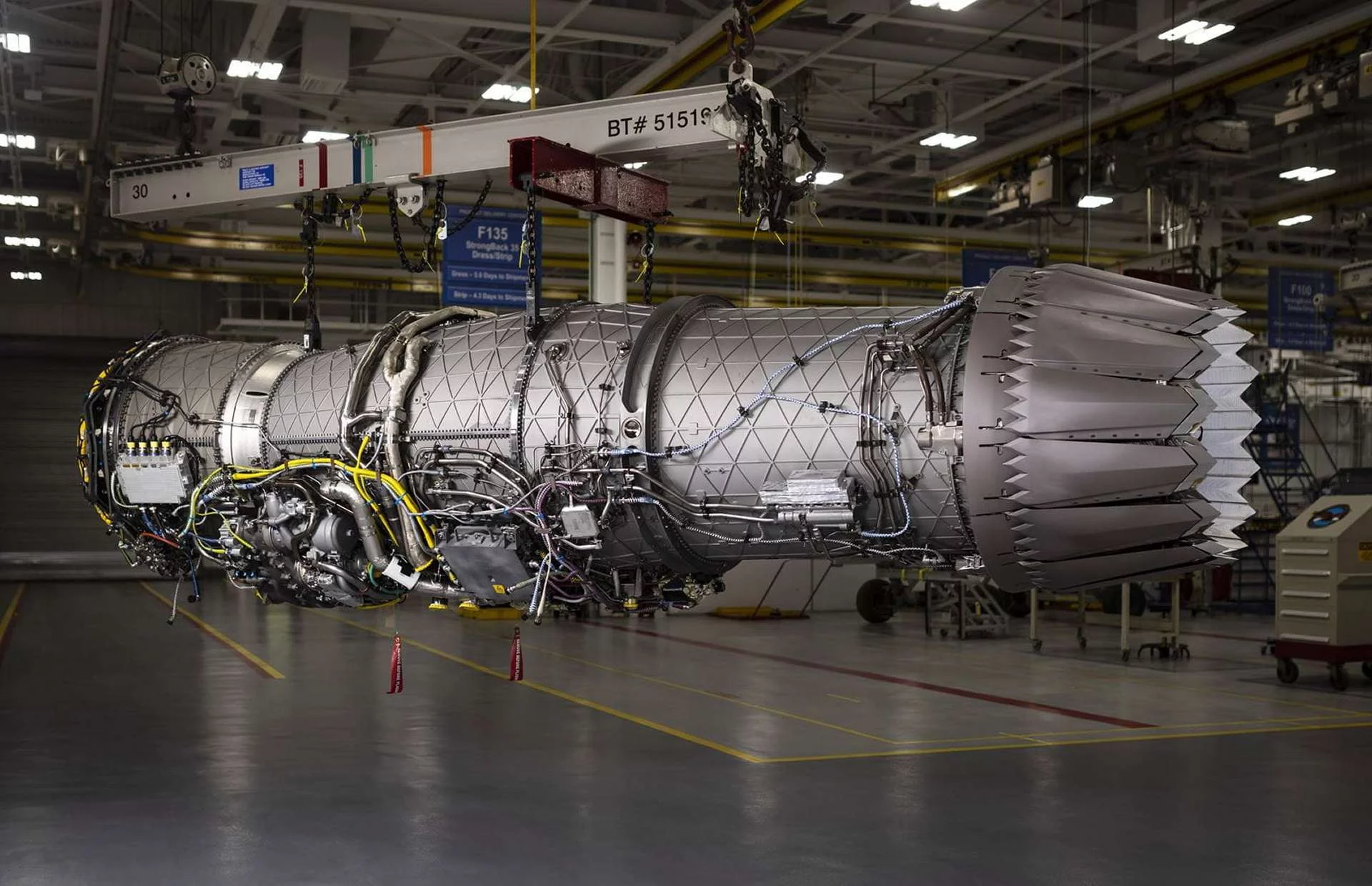In a bombshell announcement that’s sending shockwaves through the Pentagon and defense contractors alike, San Diego-based Shield AI has pulled the curtain off its game-changing X-BAT: a fully autonomous, vertical-takeoff fighter drone that promises to rewrite the rules of modern air warfare. This isn’t just another unmanned aerial vehicle (UAV)—it’s a runway-independent, AI-piloted, multirole beast designed to operate in the most hostile environments on Earth, from contested islands in the Pacific to carrier decks in the middle of nowhere. And yes, it can dogfight, strike, spy, and jam enemy radars—all while costing a fraction of a single F-35.
For decades, air forces have been shackled to sprawling concrete runways—vulnerable, expensive, and often the first targets in any conflict. China’s DF-17 hypersonic missiles and Russia’s Iskander systems have made those runways little more than bullseyes. Shield AI’s answer? X-BAT, a compact, stealthy drone that lifts off vertically like a helicopter but flies like a fighter jet, with a combat radius exceeding 2,000 nautical miles while fully loaded with weapons. “Airpower without runways is the holy grail of deterrence,” said Brandon Tseng, Shield AI co-founder and president. “It gives our forces persistence, reach, and survivability—and it buys diplomacy another day.” Translation: X-BAT can be forward-deployed on tiny islands, amphibious ships, or even austere forward operating bases, turning every patch of dirt into a potential airbase.
At the heart of X-BAT beats Shield AI’s Hivemind autonomy suite—battle-tested software that’s already flown the Air Force’s X-62A VISTA (an AI-piloted F-16) in dogfights against human pilots. Remember when former Air Force Secretary Frank Kendall strapped into VISTA in May 2024 and let the AI take the stick? That was Hivemind. Now, it’s been scaled into a drone that doesn’t need a cockpit at all. Hivemind enables X-BAT to penetrate contested airspace without GPS or datalinks (yes, it can fight radio-silent), team with manned F-35s or F-22s as a loyal wingman (the Air Force’s CCA program), execute complex tactics like suppression of enemy air defenses (SEAD), strike, or ISR—autonomously—and swarm with other X-BATs to overwhelm defenses. This isn’t remote control. This is true machine cognition—making split-second decisions in environments where human pilots would be overwhelmed or jammed.
The F-35 costs $110 million per copy. Lose one, and Congress holds hearings. X-BAT? Shield AI won’t disclose exact pricing, but they’ve promised acquisition and lifecycle costs orders of magnitude lower than fifth-gen jets. The buzzword: attritable. In plain English, the military can afford to lose a few X-BATs in combat without breaking the bank. The Air Force’s CCA program demands exactly this: affordable mass. General Atomics and Anduril are already in the race with their YFQ-44 and YFQ-42 designs, but X-BAT’s vertical takeoff capability gives it a massive edge in expeditionary warfare. Three X-BATs can fit in the deck space of one legacy fighter or helicopter, making it a logistics dream.
Armor Harris, Shield AI’s SVP of Aircraft, didn’t mince words: “X-BAT is a revolution in airpower.” Its combo of VTOL, extreme range, and Hivemind autonomy solves two massive problems: survivability on the ground—no runways to crater—and tanker dependency—2,000+ nm range means fewer refueling orbits. X-BAT can launch precision strikes with JDAMs or small-diameter bombs, dogfight with air-to-air missiles (yes, it’s a fighter), conduct electronic warfare to blind enemy radars, and loiter for hours on ISR missions. “No plan survives first contact with the enemy,” Harris noted. “X-BAT’s multirole flexibility means it adapts when the battlespace shifts.”
Shield AI built X-BAT to slot into existing and future U.S. Air Force and Navy concepts. Whether it’s launching from a Marine Corps L-class ship, a distributed Pacific island chain, or alongside NGAD (the sixth-gen fighter program), X-BAT is designed to integrate seamlessly. Its compact size and modular payload bays mean it can evolve with the threat.
The unveiling of X-BAT isn’t just about one drone—it’s the opening salvo in a paradigm shift. As great-power competition heats up, the U.S. military can’t afford to keep buying $100 million jets that need perfect runways and constant tanker support. X-BAT represents the democratization of airpower: cheaper, smarter, and more survivable. China’s J-20s and Russia’s Su-57s may still rule the skies in a peer conflict—but only if they can find the runways to launch from. X-BAT ensures the U.S. and its allies can bring the fight from anywhere, at any time.




